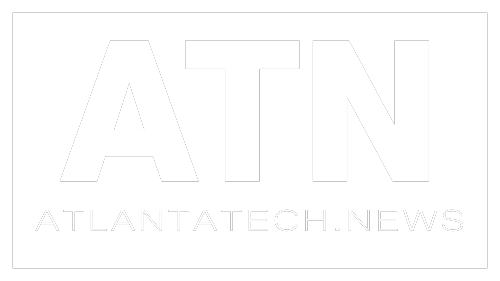Contractors are using data analytics to rapidly respond to economic uncertainty in construction, said panelists in a May 20 webinar.
Early in the Covid-19 crisis, contractors were already using cloud-based analytics platforms to game-plan scenarios related to the federal Paycheck Protection Program, said Bruce Orr, Founder of Atlanta-based ProNovos. “For every one question such as ‘How much did we pay in wages from 2019 to Q1 of this year?’ there were an average of eight complex ‘what-if’ scenarios,” Orr noted, referring to server queries run by users of the ProNovos construction data analytics platform.
A recording and partial transcript of the May 20 event are available free of charge. The panelists were:
- John Killingsworth, Ph.D., a construction management professor at Colorado State University;
- Bruce Orr, Founder of Atlanta-based ProNovos and a 20-year veteran of data analytics;
- Bryce R. Wisan, CPA, CCIFP, a Partner at CPA firm Eide Bailly, where he is executive committee member of the firm’s Construction & Real Estate practice; and
- J. Wickham “Wick” Zimmerman, Chief Executive Officer and Co-Founder of Anaheim, California-based OTL, a design-build contracting firm known for its rockwork, themed environments and specialty water feature projects for commercial properties throughout the U.S.
The purpose of the webinar, moderated by Eric D. Vittardi, Market Development Manager at Foundation Software, was to assist contractors as they grapple with questions related to retaining talent, maintaining margins and understanding key performance indicators.
Toward that end, having the ability to efficiently run “what-if” scenarios, Zimmerman told the audience, is advantageous. “If I know what my bid hit rate is for certain types of projects, various market segments, client types, etc., I can evaluate my backlog with that historical data to look at probable scenarios,” the CEO said. “Analytics dashboards make it easier to get access to that information quickly.”
Zimmerman described how OTL has used analytics in response to the downturn. “Some of those questions might be: Are my existing projects performing as efficiently as possible? Are we on budget? What is the revenue we will complete this year, and does it fall in line with the overhead structure that we have in place?”
Other questions should zero in on the backlog. “What does my backlog look like, and does it support those revenue projections?” Zimmerman continued. “And what happens to overall profitability and cash flow if some of my projects are delayed or canceled? Do I need to reduce my overhead in turn? If so, when and by how much?”
Killingsworth drilled into average performance ratios to illustrate how contractors could balance their fixed costs and revenue levels relative to the those of their competitors. “This is a critical time to focus on establishing a competitive balance between fixed personnel costs and your projected level of revenue,” the professor said. “Contractors should establish now, what level of fixed costs they will adjust to when revenues begin to decrease.”
Some of the top concerns of today’s contractors, Orr added, hinge on identifying the causes of slow receivables and calculating the burdens associated with financing negative cash flows. “Companies are trying to tighten things up and improve the speed at which their customers are paying invoices.”
But other questions will be increasingly important as 2020 gives way to 2021. “Really, strategic decisions ultimately are based on assumptions about how our new world will unfold,” Orr said. “To improve the chances for a successful outcome, these assumptions must be continuously monitored and tested … and it is very difficult to do that without the right analytical tools.”
An audience member asked whether he should separately track both the fixed and variable costs associated with insurance policies that carry minimum premiums. “What I’ve seen in my career is that the more sophisticated a contractor becomes, the deeper their understanding of what the true cost of their operations is,” Wisan responded. “A contractor who is able to split the variable and fixed component of something like insurance—and then be able to reflect that in their ongoing bids, estimates and then job costing—is going to outperform over time.”
In conclusion, Zimmerman touted the efficiency of funneling existing data into analytics engines that yield new insights. “I encourage every contractor to take a plunge into the data,” he said. “Really, you will be amazed at the information you have at your fingertips. It’s information that you already had but that you can now use to help make better decisions, faster.”
Webinar recording: https://pronovos.com/webinar-using-analytics-to-navigate-economic-uncertainty/
Partial transcript: https://pronovos.com/may-webinar-partial-transcript/
Press Contacts: At ProNovos: 240725@email4pr.com; Bruce Orr, 240725@email4pr.com, (678) 908-0087




